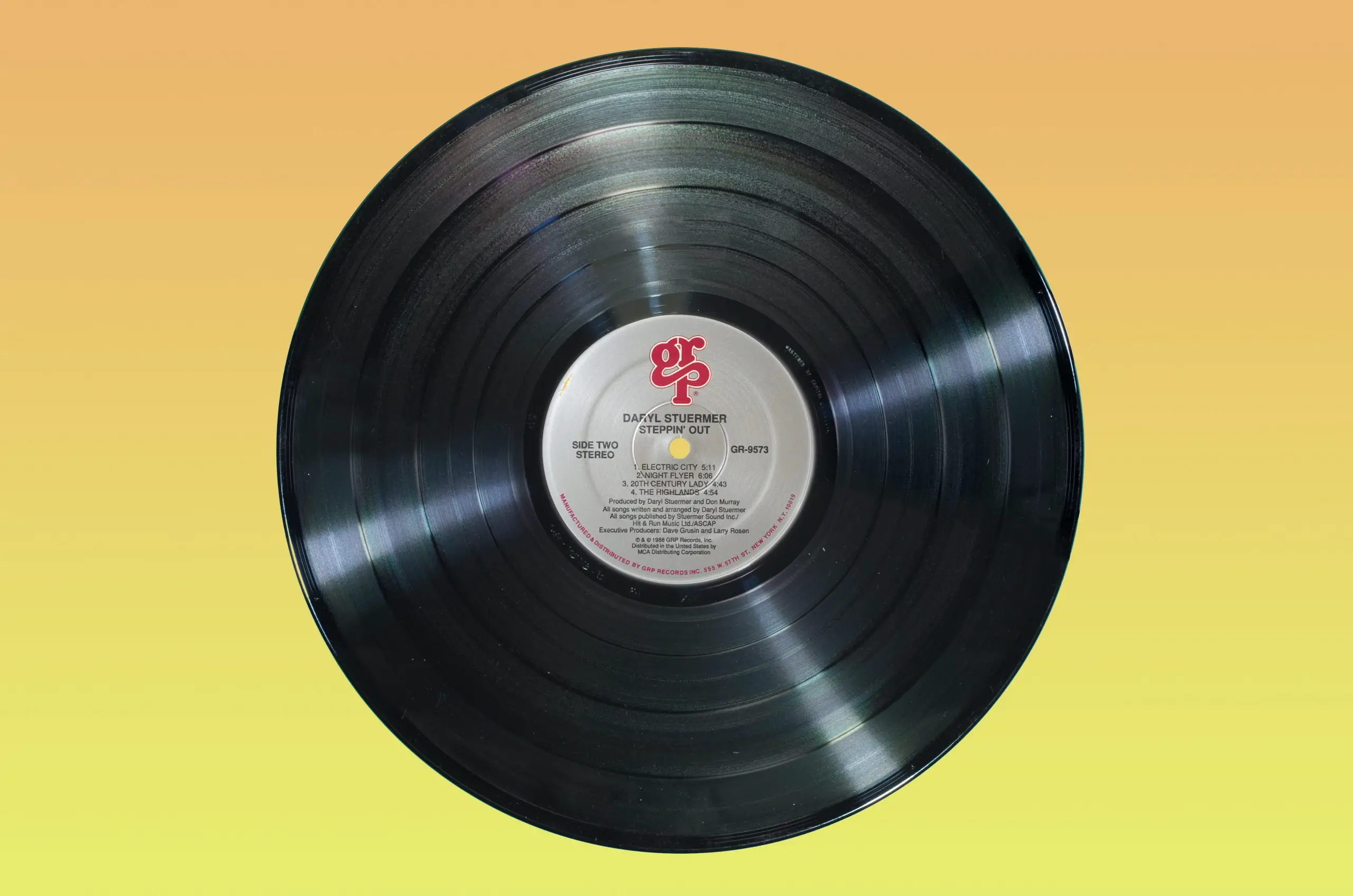Vinyl records, also known as LPs, are not just a simple medium for music playback, but a cultural and aesthetic experience. They have a physical presence and a tangible quality that sets them apart from digital formats like MP3s or CDs.
When a record is played, the sound is not just a digital representation, but a literal etching in the grooves of the disc. This gives vinyl a warmth and depth that digital formats cannot replicate. The album artwork, lyrics, and liner notes also add to the overall experience and create a sense of connection with the artist and their music.
For many, vinyl records are not just a means of listening to music, but a ritual. The act of taking a record out of its sleeve, placing it on the turntable, and dropping the needle, is a physical and tactile experience that adds to the emotional connection with the music.
Many artists and bands have taken advantage of the physical format of vinyl to create unique and creative album designs. From the Beatles’ White Album, which came with an unfolding photo collage poster, to Genesis’ 1973 live album which featured a short story by Peter Gabriel on the back cover.
The physicality of vinyl records also allows for a more personal and intimate connection with the music. Holding a record in your hands, and reading the artwork and liner notes, can give a deeper understanding and appreciation of the music.
In conclusion, vinyl records are not just a nostalgic relic of the past, but a unique and powerful medium for music that offers a deeper and more personal connection with the music and the artist. They have a physicality, warmth, and depth that digital formats cannot replicate and are a cultural and aesthetic experience that is worth preserving.


